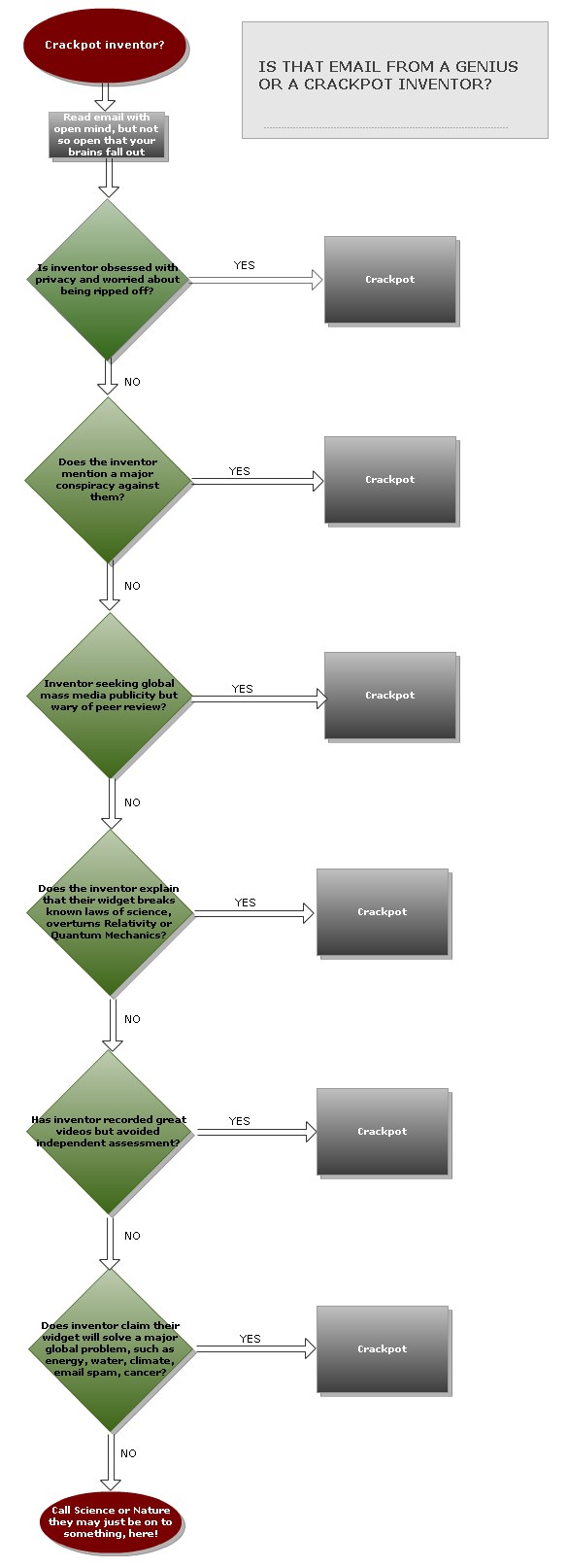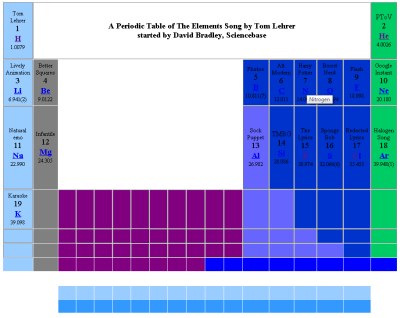- Free complete works of H.P. Lovecraft for Nook and Kindle (and Calibre) – You can now download the complete works of HP Lovecraft as an ebook for your Kindle (or if you haven't wasted your money on that device you can read it with the Calibre software for Windows, Mac and Linux.
- FYI: OMG, tinfoil hat entry updated in OED, LOL – Forget the addition of FYI, LOL and OMG 2 the OED, the new entry for tinfoil hat n. recounts how the shiny chapeau began its life with only festive connotations. However, in 1986, just over a century after its first attestation as an innocent party favour, the tinfoil hat migrated to a more sinister milieu, popularly associated with conspiracy theories suggesting that such headwear could protect the wearer from mind control or surveillance. This association, in turn, led to the development of a depreciative attributive use, designating people regarded as paranoid or delusional, and to the adjectival compound tinfoil-hat-wearing, also included in this update.
- Chemicalize your website or blog – If you write about chemical matters you can "chemicalize" your website with a neat WordPress plugin that automatically adds links to chemicals mentioned in your posts so that readers can access data and web pages about these structures. The primary use is to parse chemical names from web page text and serve an annotated web page version which includes structure images hyper-linked from the chemical name source.
- Inventions vs Discoveries – An invention is a new combination of known techniques or technologies, to produce something that is greater than the sum of its parts. Invention is a process of synthesis. A discovery is a previously unknown product of the workings of nature. This comes from an analysis of the observed world. Engineers make inventions, scientists make discoveries.
- Good news for meat lovers – Despite the scaremongering concerning meat, it turns out that hot dogs, pepperoni and other ready to eat deli meats are all relatively free of carcinogenic compounds. Same isn't true for rotisserie chicken skin or bacon…
The latest selection of five science stories, picked up by David Bradley Science Writer @sciencebase.

